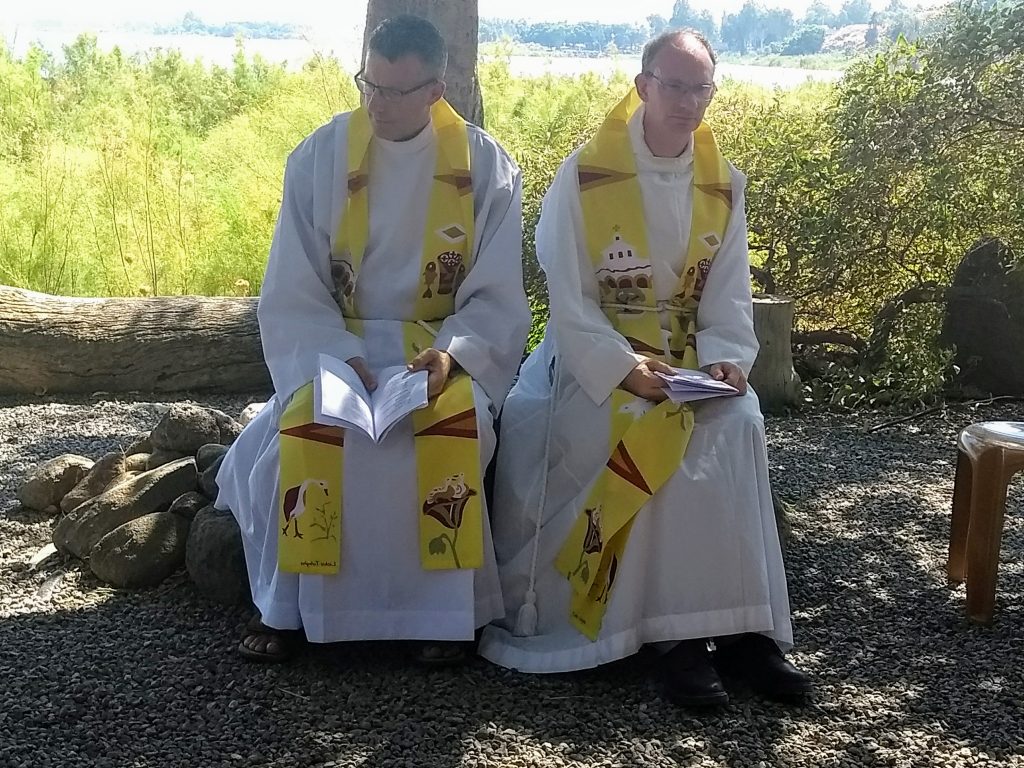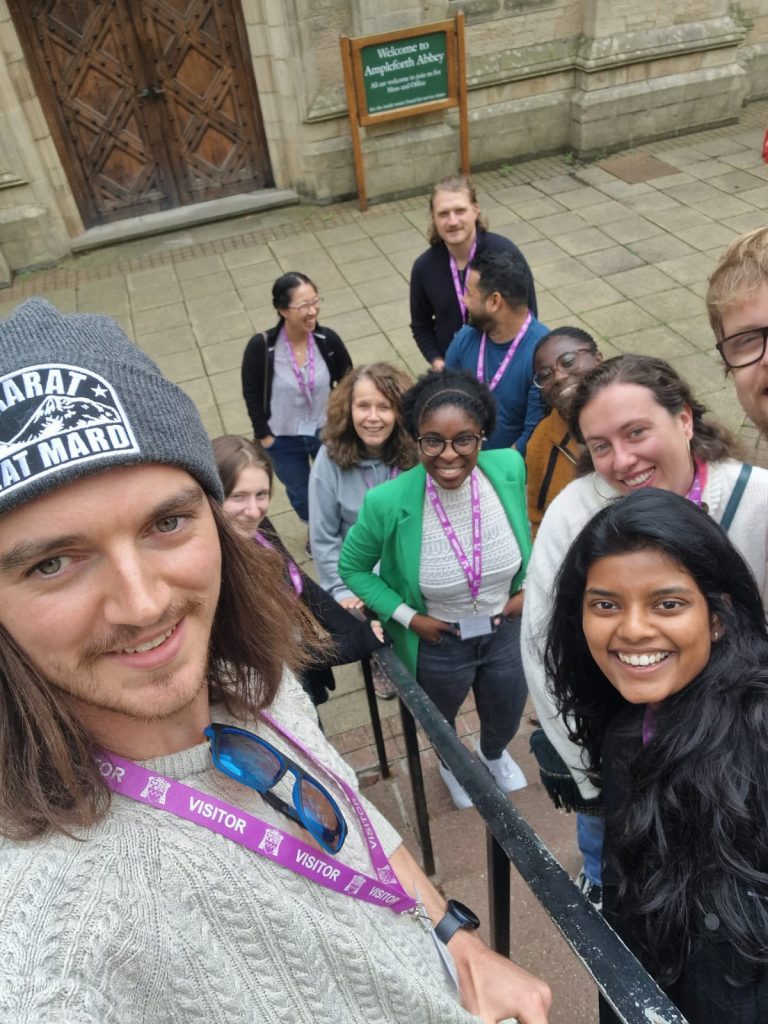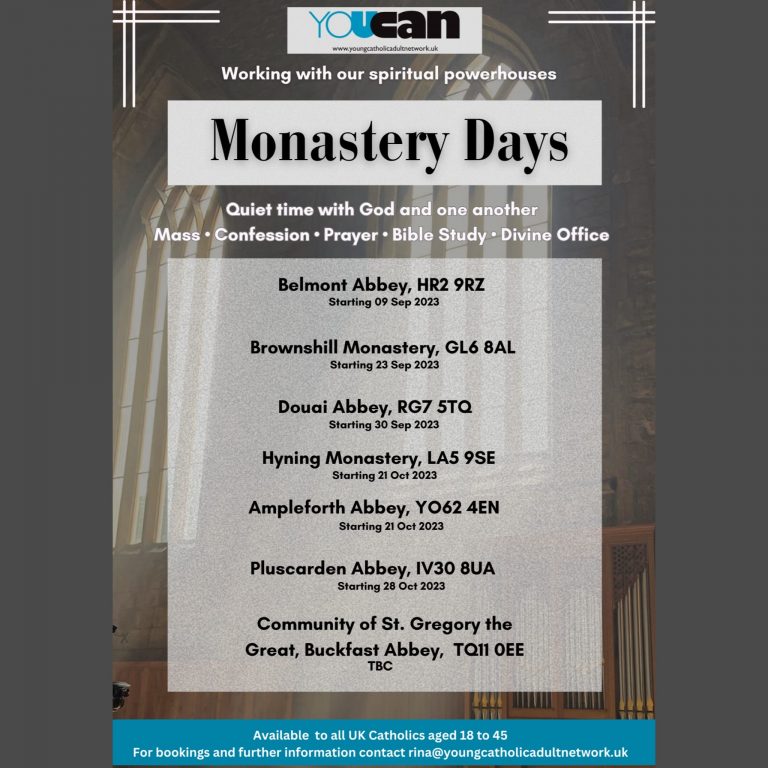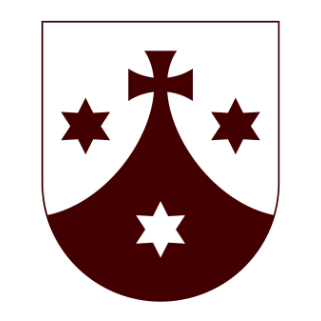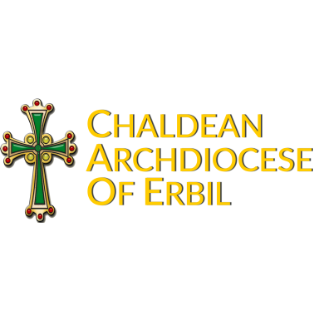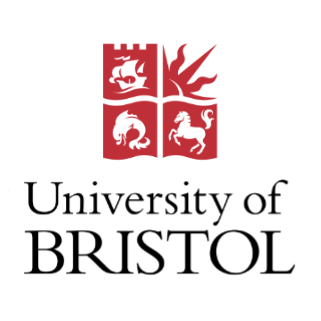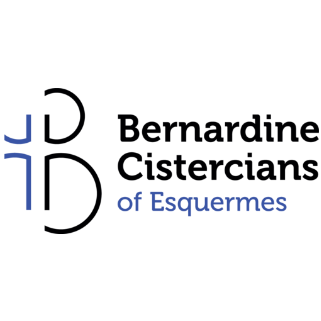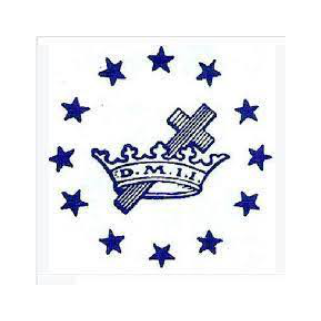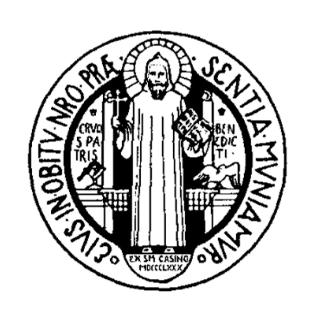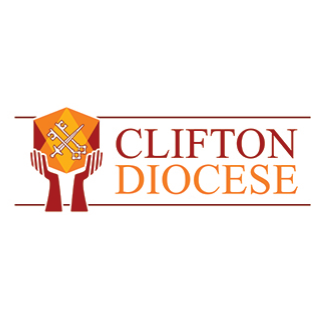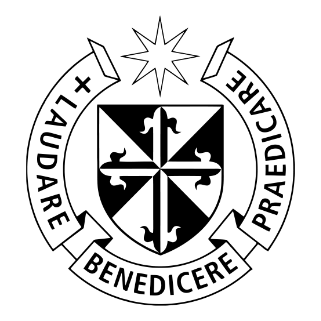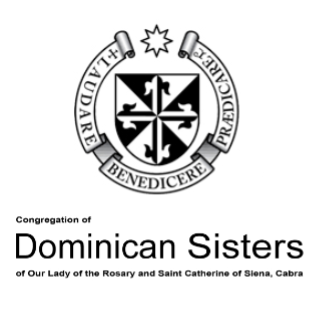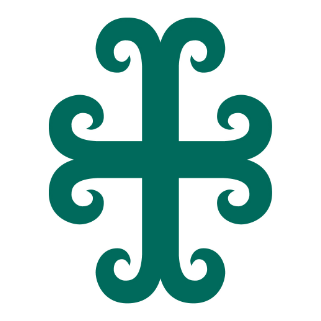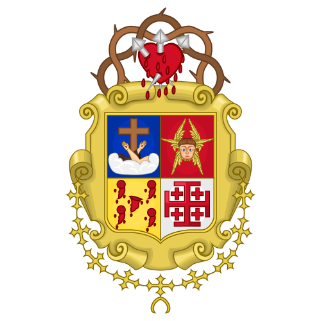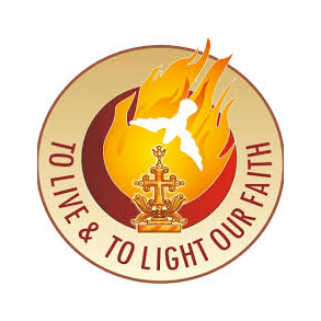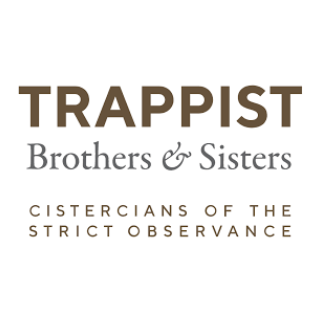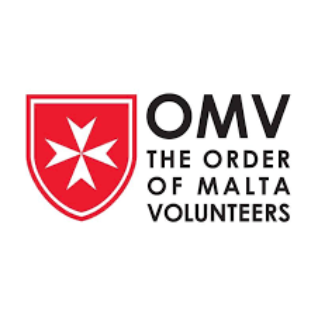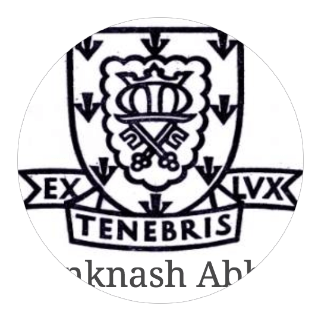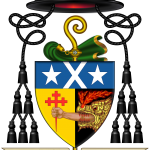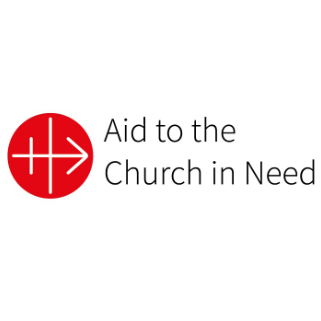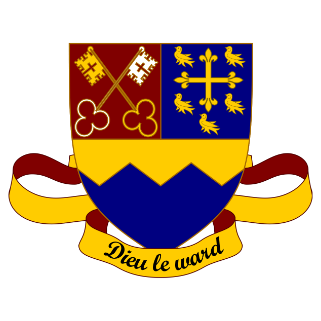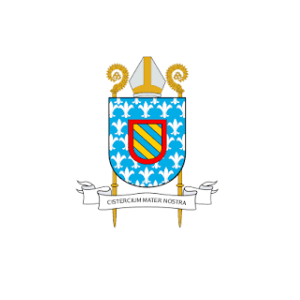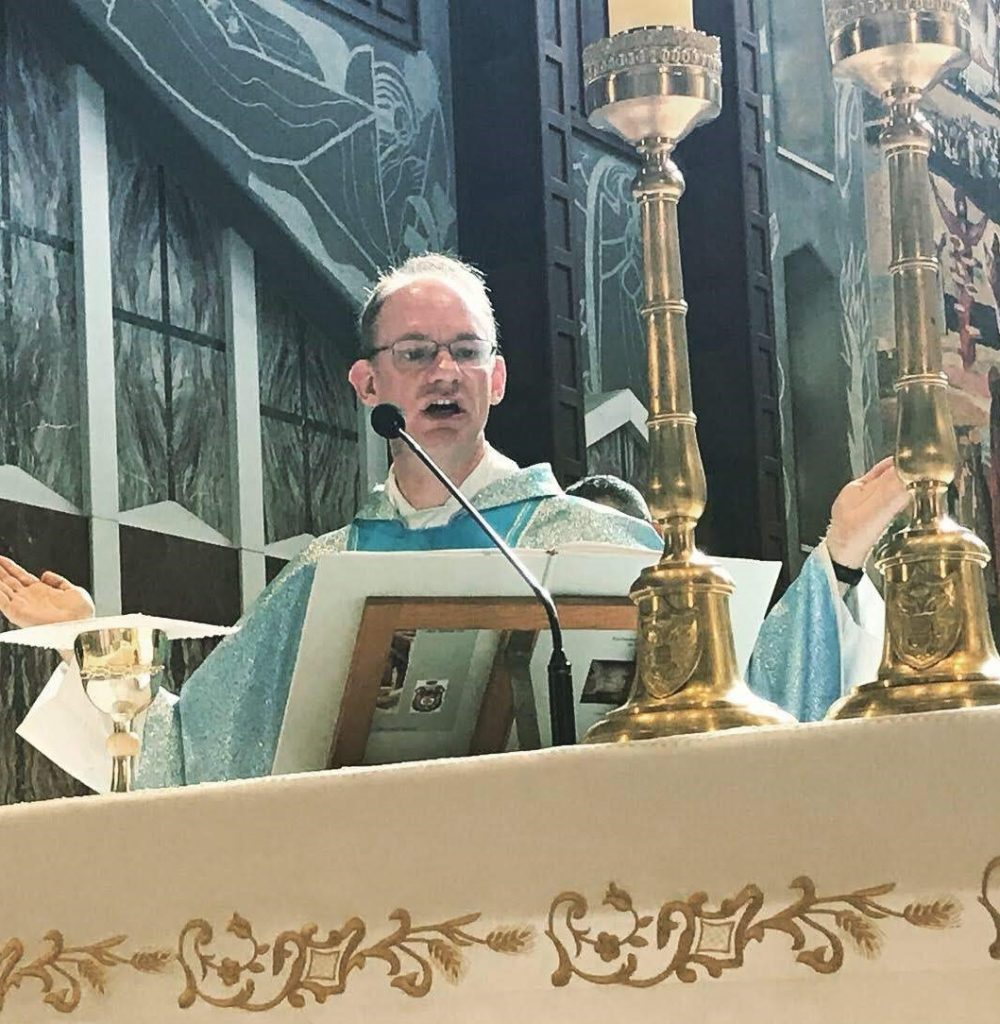
Outline
1. Introductory Rites
2. Liturgy of the Word
3. Offertory and Liturgy of the Eucharist
4. Holy Communion
5. Dismissal
6. Mass as the prayer of the Church
7. Mass as sacrifice
8. Mass as meal
9. Transubstantiation and the Real Presence
Introduction to the series
At a recent retreat held at Downside Abbey for Young Catholic Adults, a few of them asked questions about the meaning of parts of the Mass and expressed surprise at the answers given: they had never heard of some straightforward Catholic teaching about the sacrament that is “the source and summit” (Lumen gentium 11) of our worship. This series of short articles aims to plug some of those gaps.
1. Introductory Rites (from the beginning until the readings)
We begin our liturgies with the sign of the cross, made in the name of the Holy Trinity. The cross is the source of our salvation, since the death of Christ on the cross led to the resurrection, which is the source of all Christian hope (1 Cor. 15). All Christian prayer is made (even if only implicitly) to the Father, through the Son, in the Holy Spirit and we see all three Persons active in the Mass.
We then move to the Penitential Rite, whereby we acknowledge that we have sinned and ask God for his forgiveness. In the ‘I confess’ we seek the prayers of the Virgin Mary, the saints and ‘you my brothers and sisters’, remembering that we are not alone, but we are all members of the Church and that we stand together. We can only acknowledge our own, individual sins, but we do so together. This is followed by the priest’s prayer for absolution from venial sins. These are the smaller, non-deliberate sins that we commit, and these do not require sacramental absolution.
In the Kyrie eleison we are actually doing two different things: we ask God for his mercy and forgiveness, and we praise him for this gift and sign of his love for his creation. The three invocations of ‘Lord, have mercy; Christ, have mercy; Lord, have mercy’ are often thought of as Trinitarian.
On Sundays and Feasts we sing the Gloria (Glory to God in the Highest), a hymn of praise, which also invokes God as Father, Son and Holy Spirit and is a summary of Christian theology, recalling that God is worthy of our praise, that Christ is the only-begotten Son of God the Father, the Lamb of God, who takes away the sins of the world.
The opening prayer (collect) sums up the theme of the celebration and brings together the prayers of the congregation. The prayer always ends with some form of words reminding us again of the Holy Trinity: “Through our Lord, Jesus Christ, your Son, who lives and reigns with you in the unity of the Holy Spirit, one God for ever and ever”, a clear statement of the Christian belief that there is one God, who exists in three Persons.
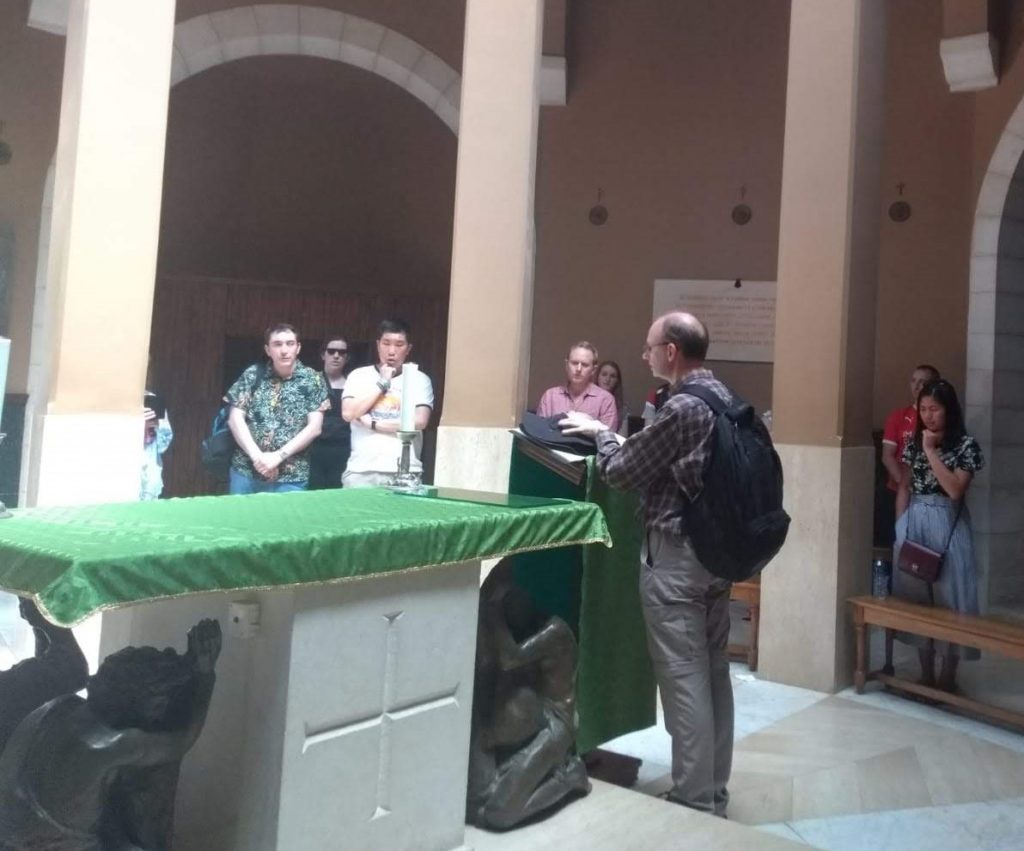
2. The Liturgy of the Word
All liturgies (in theory, even confession!) requires at least one reading from Scripture. The first reading usually comes from the Old Testament (Acts during Eastertide). The Old Testament is very important, since it tells us of the history of salvation from the beginning of time right up until the period following the rebuilding of the Temple in Jerusalem, and it also contains Wisdom Literature, giving advice about the ways in which a person can live well in the sight of God. The Old Testament also contains the messianic prophecies that prepare the way for the coming of Jesus, and his recognition as the long-awaited Messiah.
The Responsorial Psalm is usually related to the theme of the first reading in some way. The Psalms are the prayers of the Old Testament and were used by Christ in liturgy and personal prayer, just as they are used by Jews today. They have always been used in Christian worship, since the first believers in Christ were, of course, Jews.
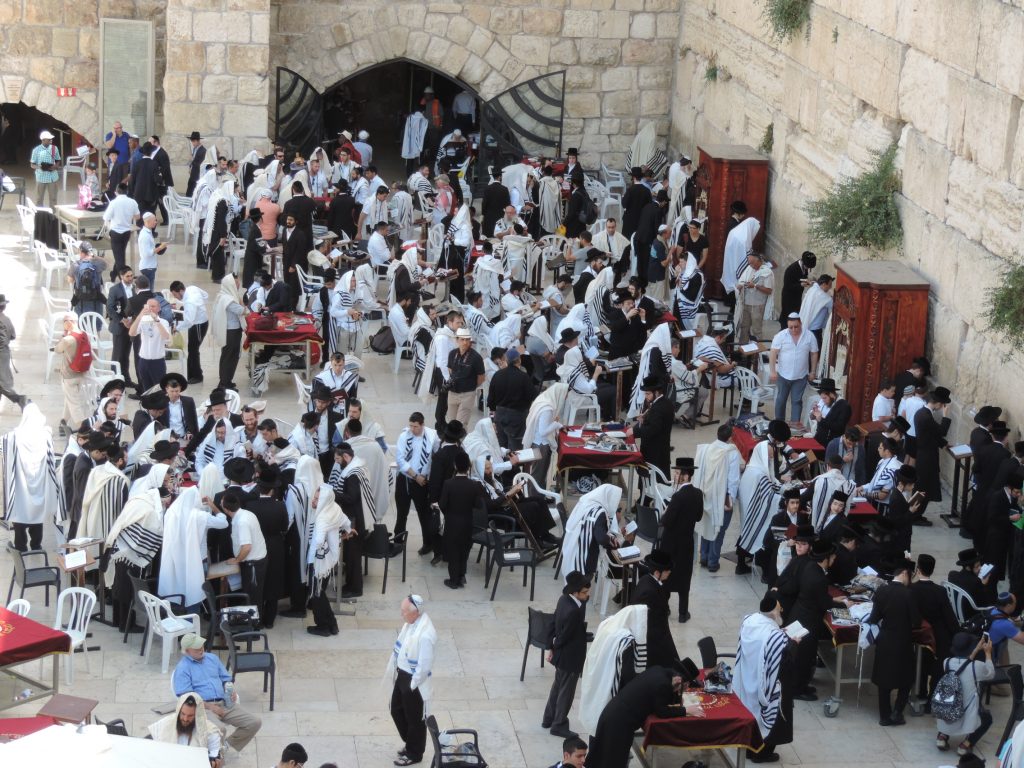
The second reading is from the New Testament, usually from one of the letters. The majority of these were written by (or attributed to) St Paul, and may be considered the earliest Christian theological texts, since they were written before the Gospels. They lay the foundations for later Christian theology, and are written by those who knew Christ himself or were close to those who did. They can be difficult to read at times, since we only have one side of the correspondence.
Then, after the Alleluia (a Hebrew word that simply means ‘Praise the Lord’) comes the Gospel reading. Its importance is indicated by the fact that we stand. It tells us of the words and deeds of Christ. These were written between about 70 and 95 AD, by those who witnessed the events, or else by those who had heard of them from eye witnesses. It is really important to remember that the authors selected particular events and sayings, and they are aimed at a particular audience. This is a reason why some events appear in all four Gospels, whilst others appear in only one, two or three. If we are to worship Jesus as God (as we do), then we need to know about his life. The Old Testament is important again, however, since the authors of the Gospels were Jews who believed that Jesus was the Messiah. They were steeped in the writings of the Old Testament and use them to demonstrate their faith. This is why Christians cannot do without some Old Testament knowledge, in order to understand the New Testament.
The homily should aim to explain the readings and apply them to life today, whilst the Creed reminds us of all we believe. We say ‘I believe’, because I can only confess my own faith, but we do so as a community, saying or singing the words together.
Then the Bidding Prayers (Intercessions) remind us of the need to pray for the needs of others, both near and far.
[To be continued!]
